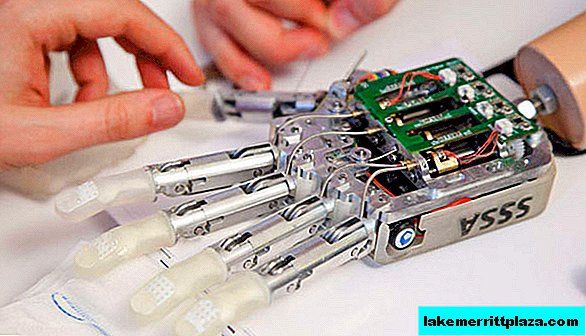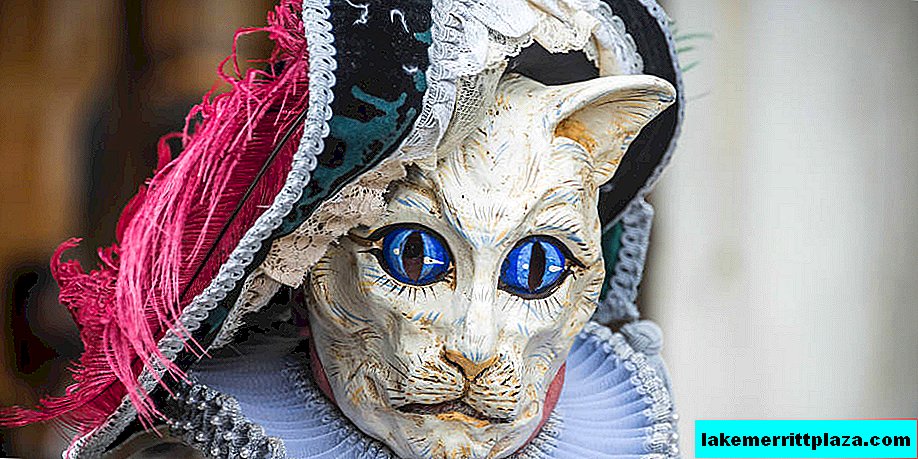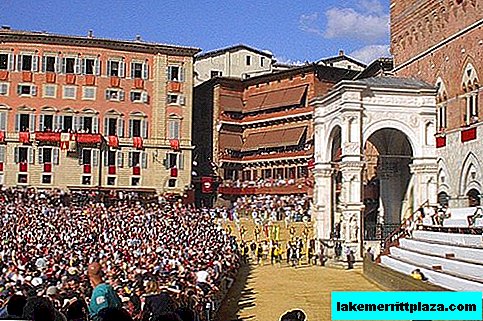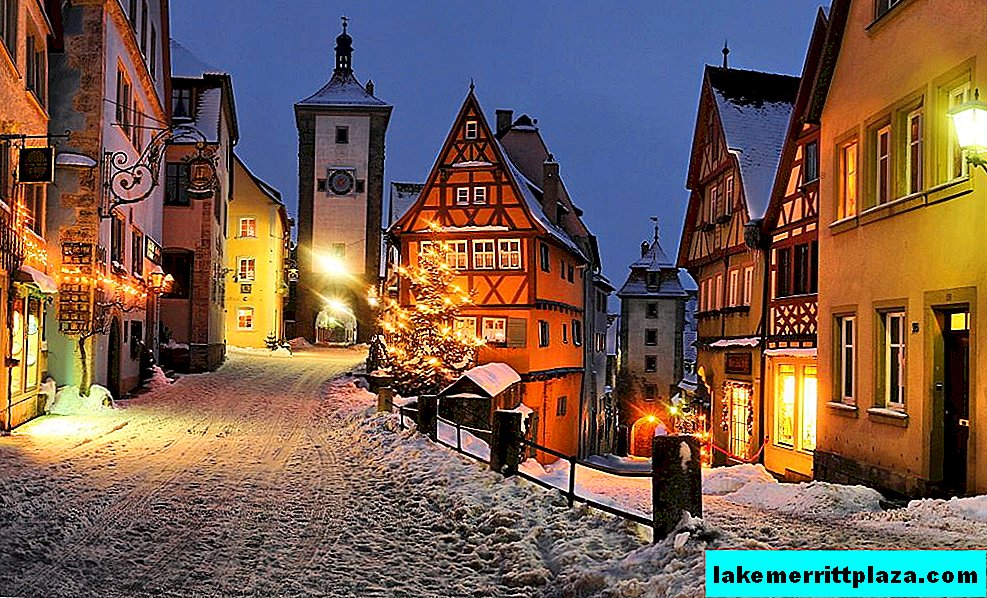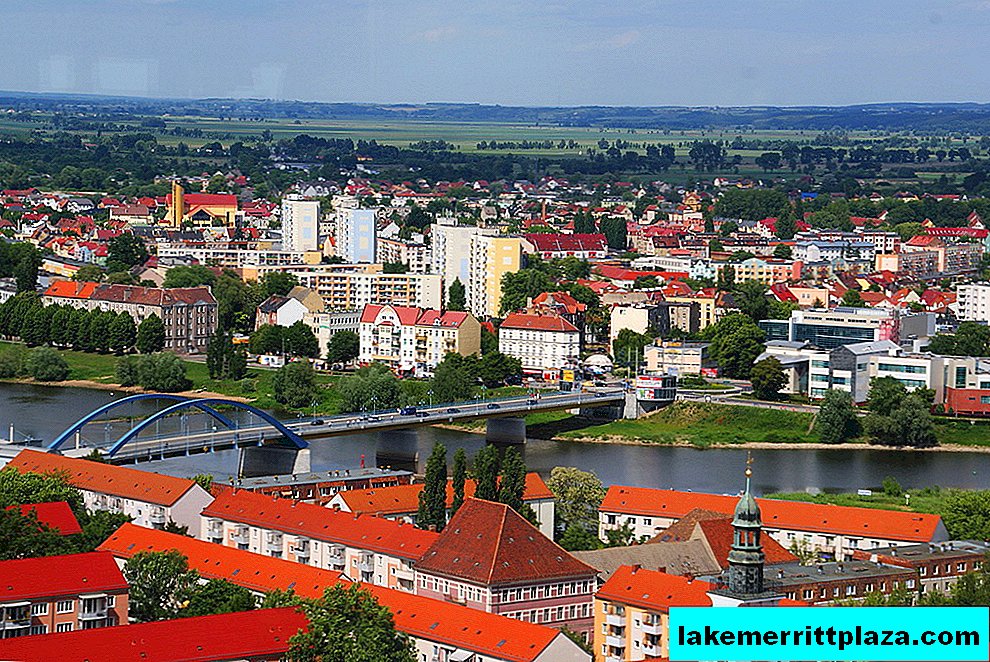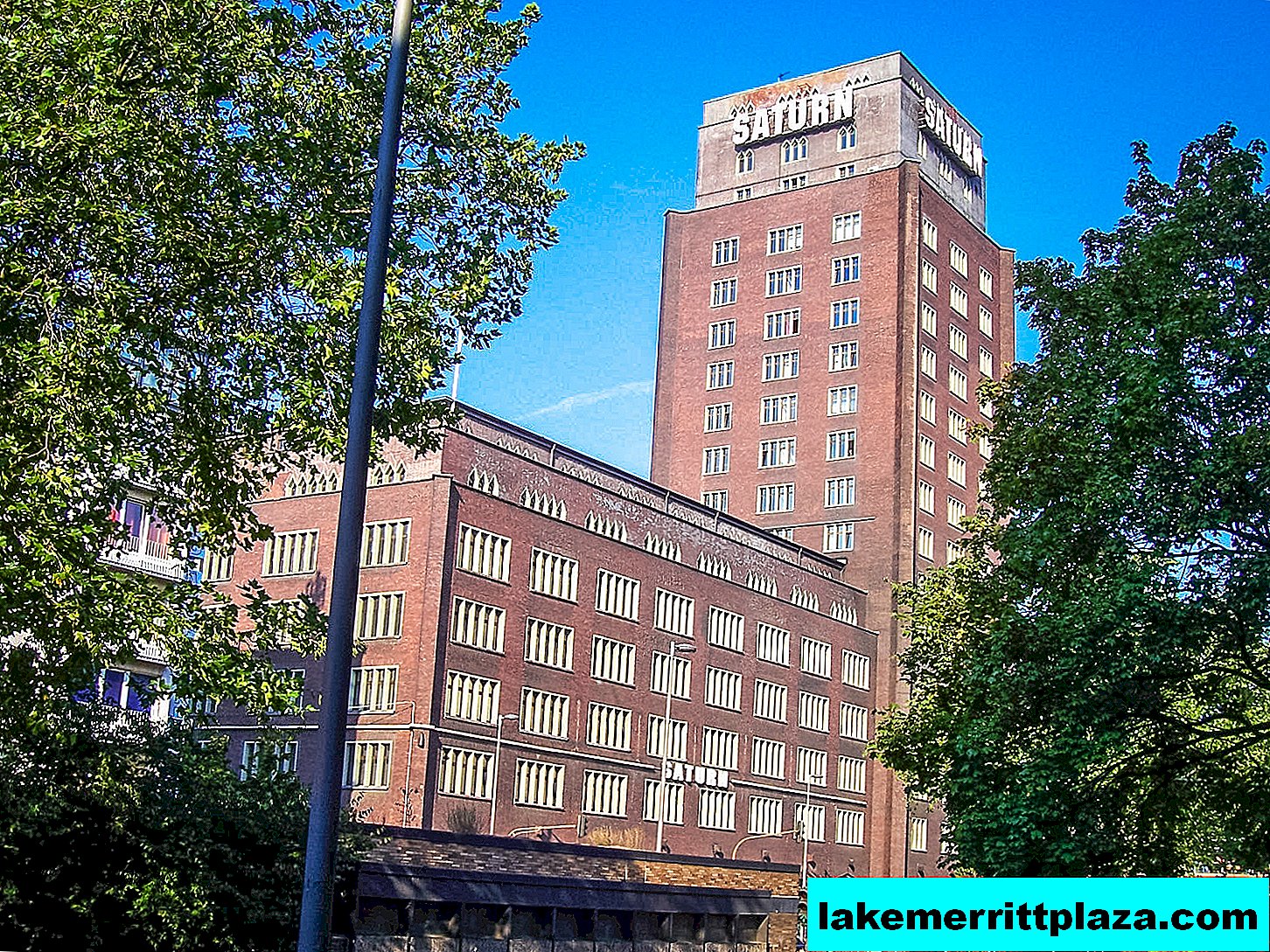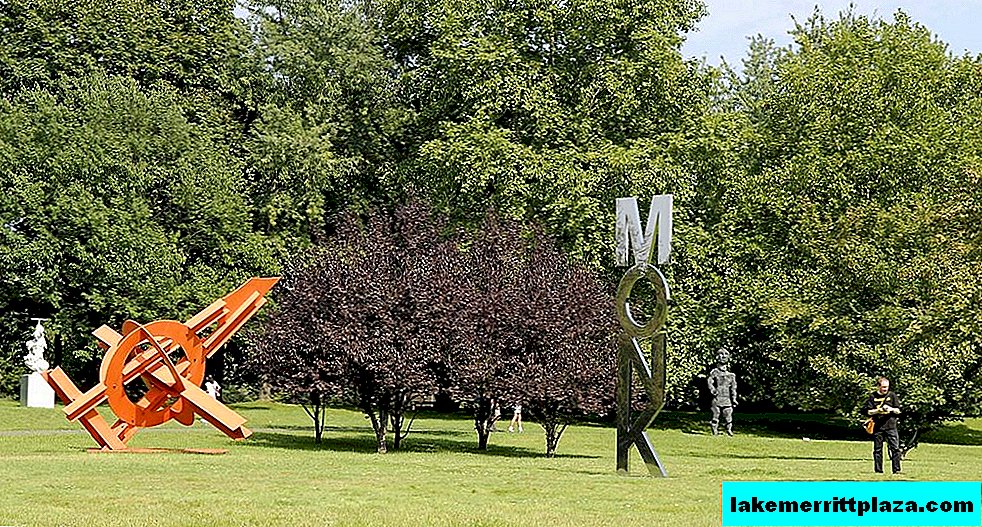We must pay tribute to the German technical genius at the Berlin Opera. There are few such “moving” and creative decorations in any theater. It seems that you are not watching a performance, but something very lively and moving. Change of scenery captures no less than the action itself. Actors now and then “go out” now on the ramp, then from the balcony.
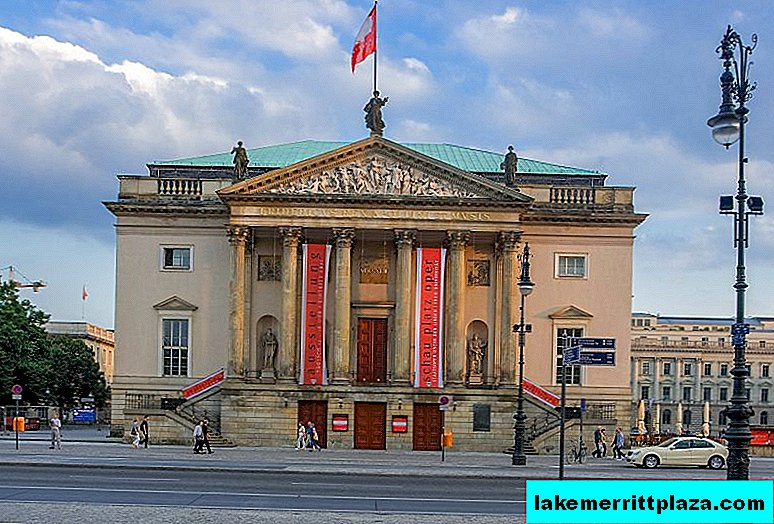
Berlin State Opera, visitBerlin photo
The Berlin State Opera (Staatsoper Berlin) is one of Germany's oldest musical theaters. It is located on Unter den Linden Boulevard in Berlin. It is also called the German State Opera or the State Opera on Unter den Linden. German and world classical opera performances are performed here, ballets and works by contemporary composers are performed.
The difficult but fascinating story of the Opera
The opera was built in 1743 by the German architect Georg Wenceslaus von Knobelsdorf as the Royal Court Opera under Frederick II. At that time, it was the largest theater in Europe, and the third in terms of seniority after the Munich and Hamburg operas. The opera opened with a production of Carl Heinrich Graun's Caesar and Cleopatra. Since 1842, symphony concerts began to be held on the stage of the theater. Collaboration with the Berlin State Chapel continues to this day.
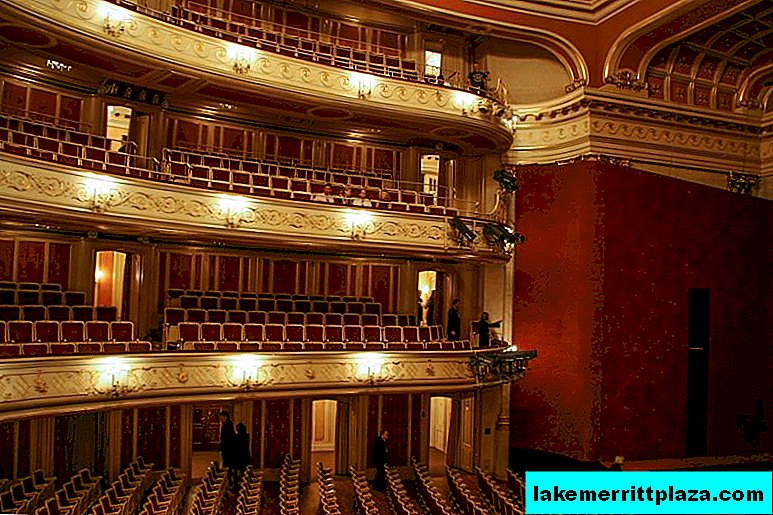
Auditorium, photo pixel_me
But in 1843, a fire destroyed almost the entire original building of the opera and had to be rebuilt. In the XX century, many talented and famous composers worked in the Berlin Opera, such as Richard Strauss, Bruno Walter; Conductors - Otto Klemperer and Alexander von Zemlinsky. In 1928, Fyodor Ivanovich Chaliapin and the Russian Diaghilev Ballet performed on tour at the Opera.
With Hitler coming to power, Jewish artists were expelled from the troupe, but Herbert von Karayan became the main bandmaster, who worked in the theater until 1945. During the Second World War, the opera building was again destroyed by bombing.
After the war, reconstruction work took place. From the previous building there were only some elements in the facade design.
Modern theater
In 2010, the building of the State Opera was again closed for reconstruction. The plans include the construction of a new modern building, in which rehearsals and administration will work. It will be connected to the old underground and ground passages. The main task facing architects is to restore the opera to its original form. In 2017, the repair should be completed.
How to get there
Take the U6 metro to Französische Straße Station.

